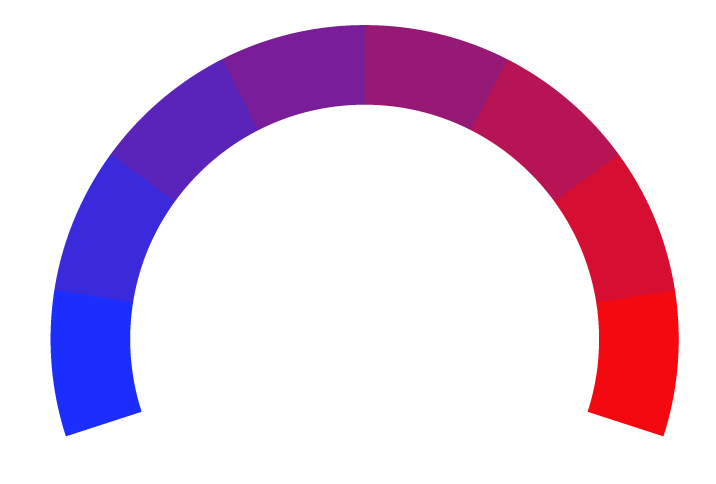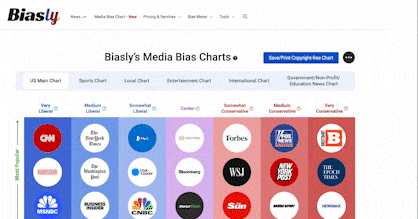Gulp: Does a special-election loss in NY mean the end of the red wave?
- Bias Rating
- Reliability
N/AN/A
- Policy Leaning
24% Somewhat Right
- Politician Portrayal
-15% Negative
Continue For Free
Create your free account to see the in-depth bias analytics and more.
By creating an account, you agree to our Terms and Privacy Policy, and subscribe to email updates.
Bias Score Analysis
The A.I. bias rating includes policy and politician portrayal leanings based on the author’s tone found in the article using machine learning. Bias scores are on a scale of -100% to 100% with higher negative scores being more liberal and higher positive scores being more conservative, and 0% being neutral.
Sentiments
N/A
- Liberal
- Conservative
| Sentence | Sentiment | Bias |
|---|---|---|
Unlock this feature by upgrading to the Pro plan. | ||
Reliability Score Analysis
Policy Leaning Analysis
Politician Portrayal Analysis
Bias Meter
Extremely
Liberal
Very
Liberal
Moderately
Liberal
Somewhat Liberal
Center
Somewhat Conservative
Moderately
Conservative
Very
Conservative
Extremely
Conservative
-100%
Liberal
100%
Conservative

Contributing sentiments towards policy:
51% : The Washington Post susses this out as a sign of a Democratic comeback, in part because of superior candidate selection as well as concerns over the end of Roe: Democratic efforts to reframe the midterms around the debate over abortion gathered steam, with the party winning a special election for U.S. House in an evenly divided Upstate New York district Tuesday, where their candidate made the issue a centerpiece of his campaign.45% : One can even argue that we should include the Texas and California contests, since the Dobbs decision leaked in early May -- and Democrats started messaging on abortion almost immediately.
41% : Ryan repeatedly declared "Choice was on the ballot" throughout the campaign, while also calling for an assault weapons ban.
*Our bias meter rating uses data science including sentiment analysis, machine learning and our proprietary algorithm for determining biases in news articles. Bias scores are on a scale of -100% to 100% with higher negative scores being more liberal and higher positive scores being more conservative, and 0% being neutral. The rating is an independent analysis and is not affiliated nor sponsored by the news source or any other organization.






















 Hot Air
Hot Air